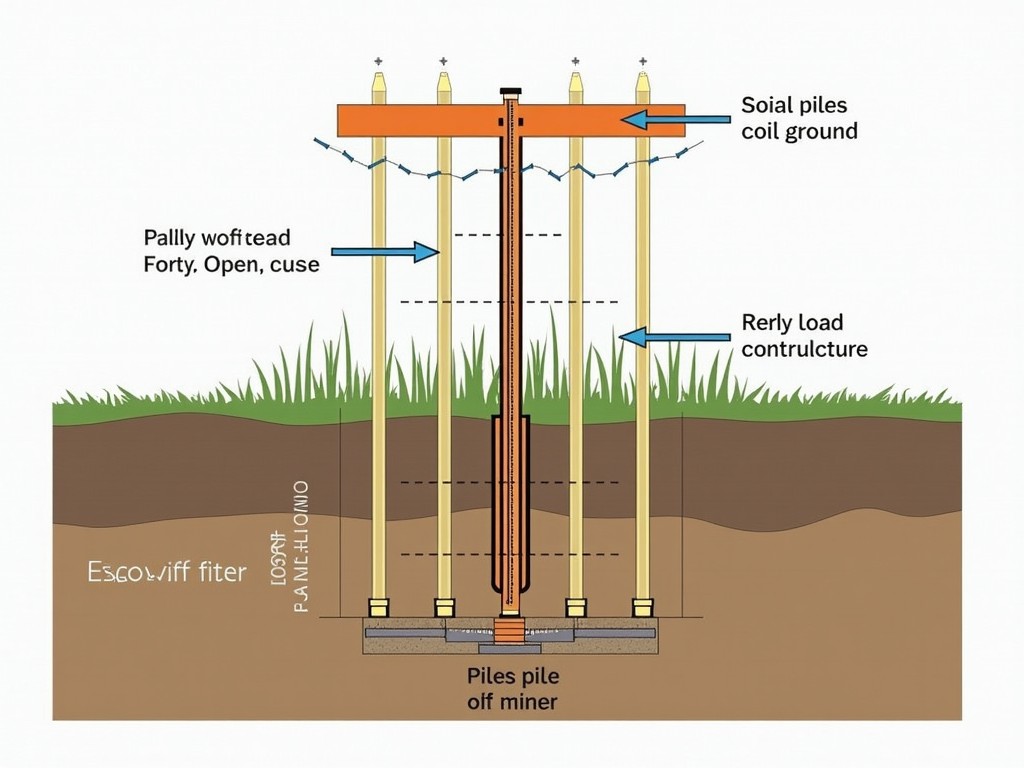Essential Tools and Software in Foundation Engineering
Foundation engineering tools and software play a crucial role in ensuring the safety and stability of structures. With the right tools, engineers can design effective pile foundations, optimizing resource use while ensuring structural integrity.

Understanding the Basics of Foundation Engineering
Foundation engineering is the bedrock of construction projects, quite literally. By delving into soil mechanics and understanding load distribution, engineers can create designs that support buildings effectively. At the heart of this process are various tools and software designed to assist engineers in analyzing and designing foundations. Let's explore some core aspects:
- Soil Analysis Tools: Critical for understanding the properties of the building site.
- Load Distribution Software: Helps in visualizing and calculating how structures spread forces to the ground.
- Design Simulators: Allow for the testing of designs under various conditions.
Each of these tools is essential for a thorough foundation design, offering precise data that informs every stage of construction.

Key Foundation Engineering Tools
Choosing the right equipment is crucial. Here are a few commonly used tools in foundation engineering:
- Digital Levels and Total Stations: For accurate topographical surveys.
- Pile Driving Analyzers: Essential for evaluating pile installation accuracy.
- Soil Testing Kits: Used to gather data on soil properties, which influence the foundation design.
These tools provide fundamental insights and data that guide the decision-making process in engineering.

Software Solutions in Foundation Design
With the rise of technology, software solutions have become indispensable in modern engineering. Here's a roundup of essential foundation engineering software:
- PLAXIS 3D: Excellent for complex soil-structure interaction simulations.
- SAFE: A key tool for slab and pile foundation design.
- STAAD Foundation Advanced: Perfect for analyzing different foundation types and soil conditions.
Using these tools, engineers can simulate stress tests, visualize construction impacts, and refine their designs with precision, ensuring safety and efficiency.

Personal Insights: Choosing the Right Tools
From years of experience, I've learned that effective foundation engineering often comes down to selecting the right combination of tools and software. Here are some takeaway insights:
- Understand Your Needs: Match tools and software to the unique requirements of your project.
- Keep Updated: As technology evolves, newer tools offer more precision and time-saving capabilities.
- Training: Ensure your team is well-versed in using these tools for maximum effectiveness.
Every project is different, and understanding these nuances can drastically improve outcomes, from safety to cost-efficiency.
Conclusion: Building Better Foundations
With the right foundation engineering tools and software, you can build strong, secure structures that stand the test of time. Keep learning, adapting, and applying these tools to ensure each project is a success.





